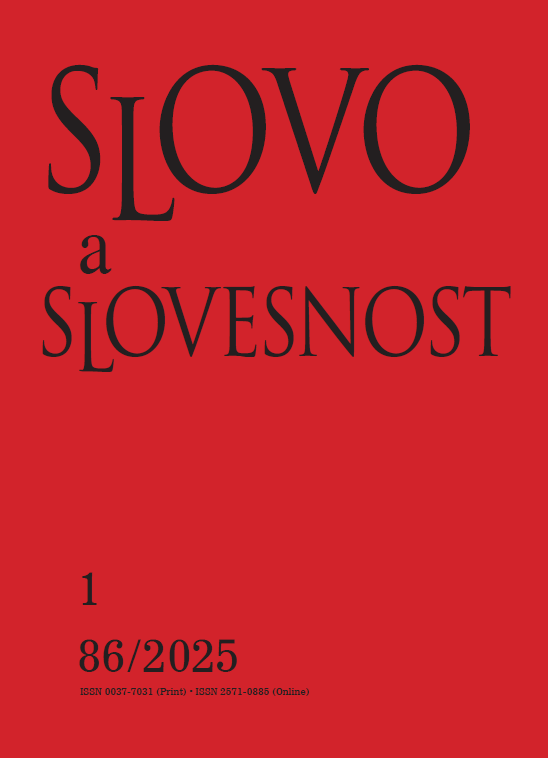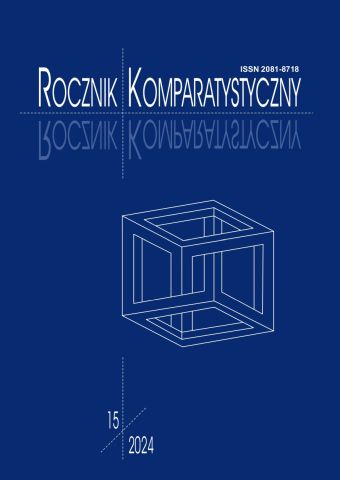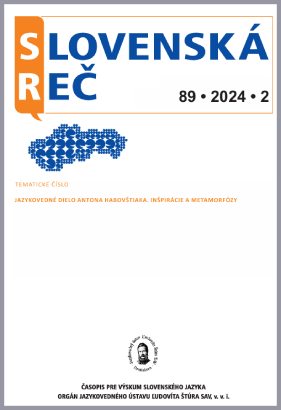
Czech structuralism at the end of the 1950s: an ideological struggle over the legacy of the Prague School
The article explores the history of linguistic structuralism in Czechoslovakia in 1957–1959 during a political thaw following Stalinist repression. Initially rejected in favour of dogmatic “theories” like Marrism and Stalin’s ideas on language, structuralism gained acceptance after its discussion in the Soviet journal ʻVoprosy iazykoznaniia’ in 1956. The first part analyses how structuralism, once ideologically dismissed, was reintroduced as a valuable methodology within official Marxist science. This was notably demonstrated at the 1958 4th International Congress of Slavists in Moscow, where the Prague Linguistic Circle’s “new theses” were presented, reflecting on its past development. The second part examines a 1959 polemic between two prominent linguists: František Trávníček, a member of the National Assembly of the Czechoslovak Republic, and Bohuslav Havránek, head of the Czech Language Institute of the Czechoslovak Academy of Sciences. Trávníček criticized the work of the Academy in a series of texts, while Havránek responded by refuting the criticism and defending structuralism. The polemic revealed Trávníček’s reliance on politicized clichés, whereas Havránek upheld structuralist theory as a rigorous scientific approach. This stance was further affirmed at the 1962 Liblice conference, where Havránek openly defended the principles of structural linguistics.
More...



